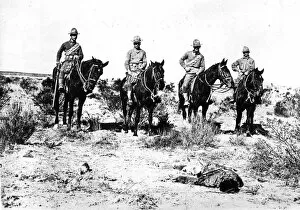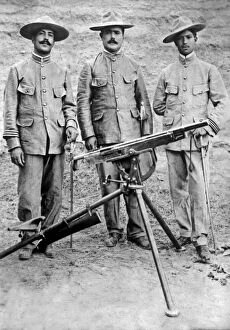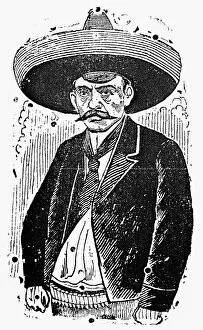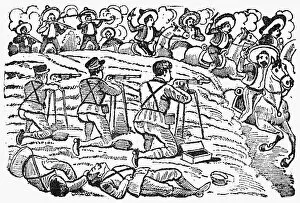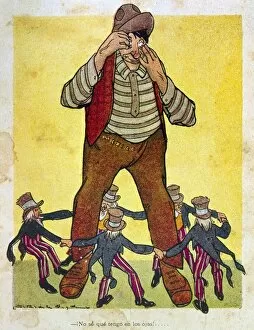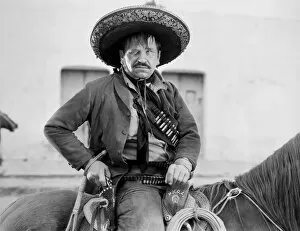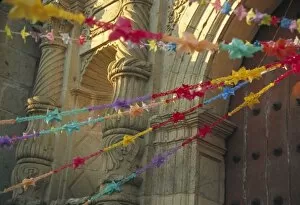Mexican Revolution Collection (#3)
The Mexican Revolution, a pivotal moment in Mexico's history, was ignited by the Cry of Dolores on September 16, 1810
For sale as Licensed Images
Choose your image, Select your licence and Download the media
The Mexican Revolution, a pivotal moment in Mexico's history, was ignited by the Cry of Dolores on September 16, 1810. Miguel Hidalgo's call to revolt against Spanish rule marked the beginning of a long and arduous struggle for independence. Juan O Gorman's mural captures this significant event, reminding us of the bravery and determination that fueled the revolution. One prominent figure who emerged during this tumultuous period was Francisco Pancho Villa. As a Mexican revolutionary leader, Villa became an iconic symbol of resistance. In a powerful photograph from c1913, he is seen wearing bandoliers alongside his military staff—a testament to their unwavering commitment to the cause. However, not all stories from the they were heroic or triumphant. A color lithograph depicts three Americans facing execution by firing squad—an unsettling reminder of the violence that engulfed Mexico during this time. Amidst chaos and bloodshed, acts of compassion also emerged. Another lithograph portrays Mexican revolutionaries carrying a wounded comrade from the battlefield in 1914—a poignant image highlighting camaraderie amidst adversity. Women played an essential role in shaping Mexico's destiny during this era as well. A colorful lithograph showcases brave women serving in the revolutionary army—defying societal norms and fighting alongside their male counterparts for freedom. General Zapata stands out as another influential figure within this narrative. Leading agrarian rebels in Southern Mexico, Zapata fought tirelessly for land reform and social justice—an embodiment of hope for marginalized communities yearning for change. Porfirio Diaz ruled over Mexico with an iron fist before being ousted by popular discontentment around 1910—a black-and-white photograph serves as a stark reminder of his authoritarian regime that ultimately sparked widespread rebellion. Advancements in technology also left their mark on warfare during this period; aviation played an increasingly significant role on both sides—depicted vividly through a color lithograph showcasing the use of aircraft in combat.

